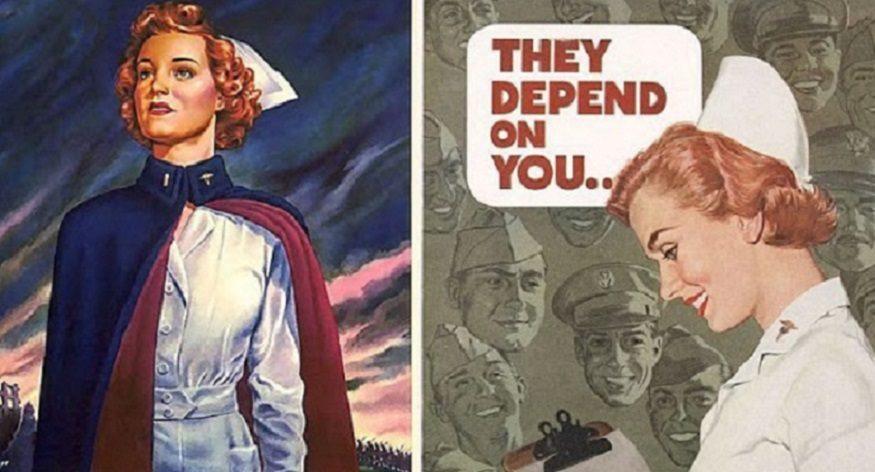

Who are the true heroes of 2020?
We all know the answer: medical professionals.
People all over the world have been literally applauding the men and women on the front lines fighting the coronavirus pandemic — from rooftops and balconies from New York to Rome.
This Memorial Day, it’s especially important to remember that not all war heroes wear army fatigues. Some of them wear scrubs.
MyHeritage has made our military record collections free until May 26 so you can discover the role your own family members had in making history.
Search military records on MyHeritage now.
But those collections aren’t the only place to find stories about war heroes. Our research team turned to our newspaper collections to learn about the role nurses and medics had during World War II and how they were celebrated in the media. Below are some of their fascinating findings.
Uncle Sam needs nurses
Nurses were essential to the war effort, and throughout the war, newspapers printed advertisements aimed at recruiting more nurses to join the army.
“Ask any wounded soldier what ‘Army Nurse’ or ‘Navy Nurse’ means to him,” says this ad from The Telegraph Herald in Iowa on March 7, 1945. “She’s church on Sunday, family dinner, a letter from home, cooling fingers, a mother’s case. In short she’s the symbol of America — the land for which he suffered wounds.”

The Telegraph-Herald, Iowa, March 7, 1945
“Nurses are needed desperately!” calls this ad from the Portsmouth Times in Ohio, March 21, 1945.

The Portsmouth Times, Ohio, March 21, 1945
This article from the Daily Times in Pennsylvania describes the less-than-successful drive to recruit more nurses, and lays the guilt on thick:

The Daily Times, Pennsylvania, Mar 8 1945
“This is a serious situation which confronts the army and, unfortunately, reflects no credit upon American women,” it scolds. “With thousands of American men becoming casualties daily, in vicious battles overseas, the nation is advised that many of our wounded may not receive essential nursing care because of the failure of American women to respond to the nation’s call.”
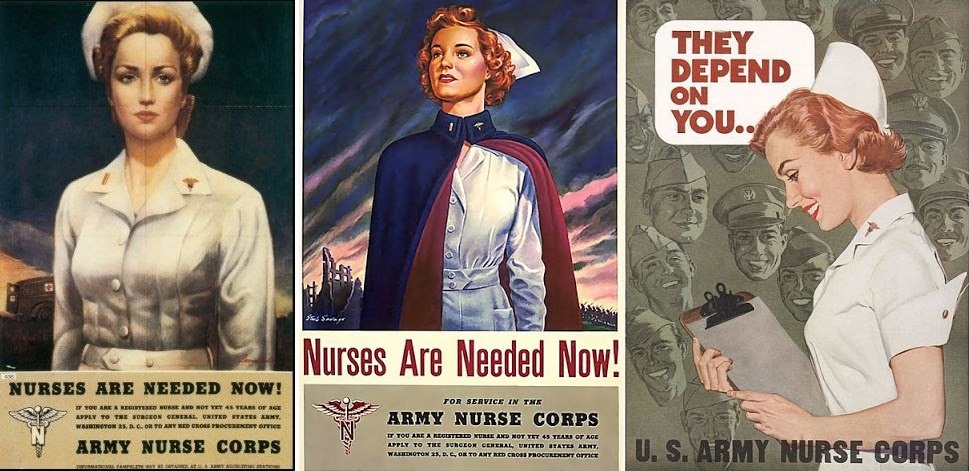
Posters encouraging women to enroll in the army nurse corps
Risking their lives for their country
Newspaper articles from the 1940s describe the incredible work and great sacrifices that medical professionals made in service of their nations — just like we are seeing today in hospitals.
The Pittsburgh Press published the names of 5 nurses who were killed in a hospital bombing in Italy on March 5, 1944:
“They were the first women in the Army killed as a direct result of enemy action in this war,” the article reports.
“Unsung Heroes of the Medic Corps made history,” calls this headline from the Sarasota Herald-Tribune from Sarasota, Florida, on January 31, 1945:
“From the sandy flatlands of Tunisia to the mined, blown-out, icy roads of the Gothic line in the Apennines they’ve pulled out the sick and the wounded and they’ve probably seen as much or more fighting than any other army medical men — the real unsung heroes of the war,” the article reads.
As the war raged, newspapers also published photos of nurses to celebrate them as heroes. This photograph of Lt. Evelyn Bacheler of Pocatello, Idaho, was published in the Times Daily of Lauderdale County, Alabama, on May 31, 1945.
“A SYMBOL OF NURSES IN WAR — This official U.S. Navy picture of Lt. Evelyn Bacheler of Pocatello, Idaho, has been proposed as a permanent symbol of nurses in the Second World War,” reads the caption. “The photo shows Lt. Bacheler at the cemetery of a western Pacific port where she attended the funeral of dead comrades in the Army Nurse Corps.”
This July 28, 1944 article from the Portsmouth Times celebrates the role of flight nurses from the Seventh Air Force:
“Athletes all, the nurses make 20-mile hikes, marching with the troops and carrying full field equipment,” the article reports. “An Army nurse, crawling a 75-yard course under Jive machine gun bullets, beat the best speed marks of thousands of men.”
The MyHeritage Research team traced the lineage of one of the flight nurses pictured in the photo on the top left of the page, Margaret Reeve.
The team managed to contact Margaret’s niece, who provided a letter that Margaret had sent her parents on September 17, 1944 — a few months after the above article was published. The letter offers a powerful glimpse into the experiences of nurses treating soldiers from the front lines.
“This is indeed a very pleasant trip,” Margaret writes. “The patients are sleeping, reading, and listening to the radio. All look quite comfortable. They are a swell bunch of boys who have given their best to uncle Sam. In 48 hours these fellows will be back in the U.S. to stay. Their fighting is over forever.”
“Most of this bunch were at Saipan,” she goes on. “They have had their major medical operations and are 6 weeks old casualties. It makes a lump swell in my throat to see this group before me. One fellow is minus an arm; one a leg; another an eye. The rest are pretty well banged up from enemy action. There are arms, shoulders, legs, and backs in casts. None of the fellows can walk alone; some can’t walk at all. Yet, the amazing part of it all is that they can still smile and crack jokes. The thoughts of going home make the worst of them smile.”
Medics save the day
There are even stories about medical professional heroes who went the extra mile — some of whom received awards for their extraordinary service.
This article in The Pittsburgh Press, printed January 9, 1945, describes the heroism of a medic who truly embodied the spirit of “Leave no man behind.”
The unnamed medic stayed behind with a wounded soldier while their platoon moved out to fight the Germans. The platoon never returned, leaving the two in enemy territory for 10 days until the 11th Regiment of the U.S. Fifth Division drove the Germans out, and they were able to emerge from hiding.
“For safety, the medic and the soldier hid in the woods while the Germans moved on all sides of them,” the article reports. “They were without food and water and the wounded man was unable to walk, so the medic slipped into a nearby village each night to steal whatever he could find. It snowed and grew colder, and neither man had blankets. They couldn’t build a fire for fear of bringing the Germans… for seven days and nights they lived in the open and the medic’s feet became too painful for walking. So he crawled 300 yards each day to get water from a stream.”
In this unusual story, printed in the St. Petersburg Times of Florida on January 5, 1945, an unarmed medic managed to capture an armed German soldier by swabbing his throat!
“Pvt. N. L. Johnson, Asco, Tex., a company medic, pulled a new escape dodge when captured on this front recently,” reports the article. “He was behind the American lines when a German stepped out, put a gun to his back and demanded he show the way to the German lines. Johnson replied the Americans were all over and he could not. The German thought this over awhile. He did not know what to do. The Kraut did not like the idea of being taken prisoner by an unarmed medic.”
“Johnson finally clinched his point by a novel method,” the article continues. “The German complained of a sore throat and the Yank medic swabbed it for him. This convinced the German that he was in good hands and he surrendered to his own prisoner.”
The Telegraph-Herald of Iowa ran an article describing the heroic deeds of Pfc. George C. Finkenauer, a medic who went to extraordinary lengths to rescue his men and was awarded a Bronze Star for his actions.
The Free Lance-Star in Virginia ran this detailed article on Pfc. Albert Joe Bernstein, known as “Battling Bernstein,” who rescued his commander under fire and was also awarded a Bronze Star:
There were hundreds of thousands of men and women who gave their lives to protect us. Today, we are proud to honor the nurses, medics, and other medical professionals who endangered themselves and made great sacrifices for their nation. We know how crucial they were to our military victories — just as we know how crucial they are in the battle against COVID-19. With their help, this is a war all of humanity will win.
Find the stories of your own ancestors’ heroism in our military record collections — now available for free until May 26.




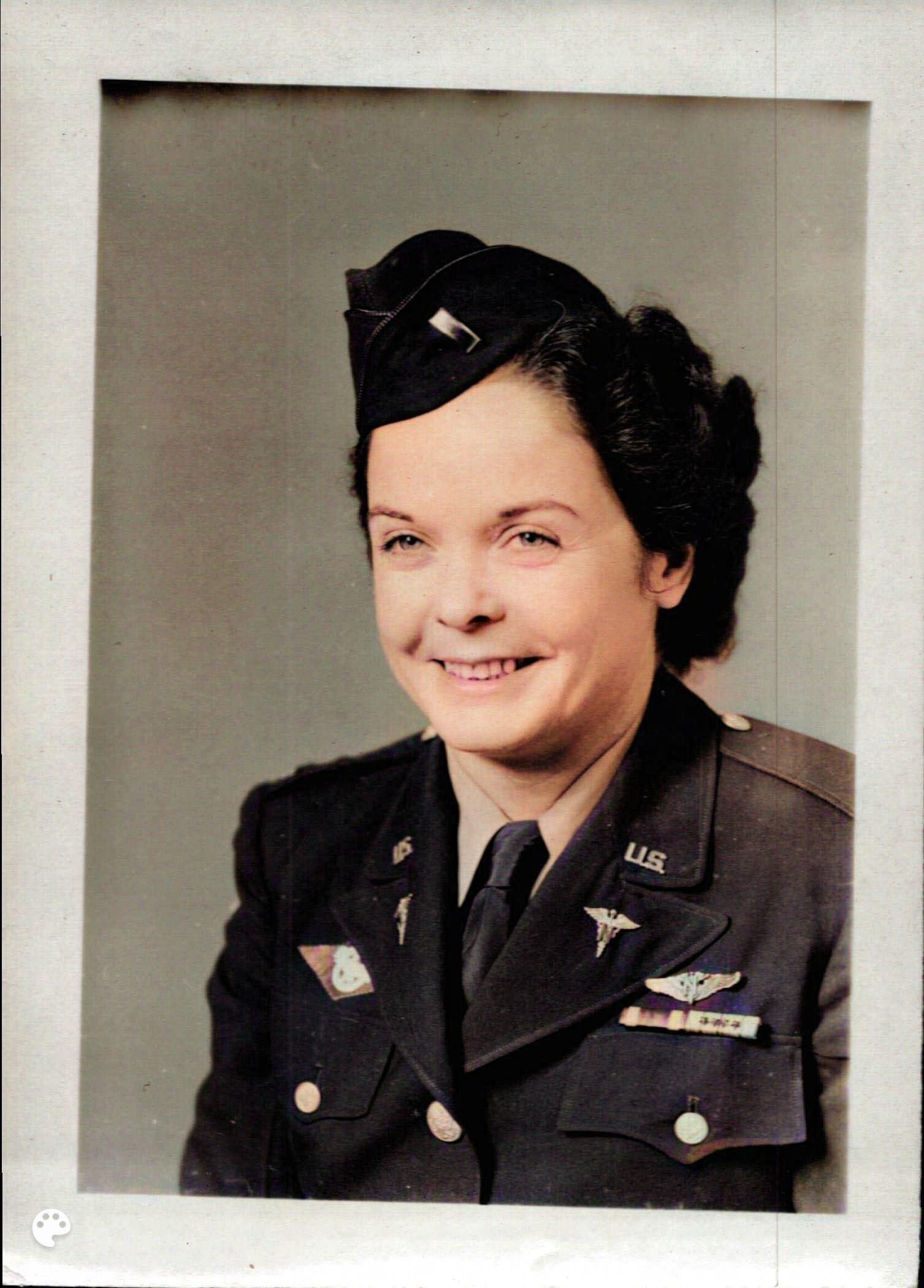







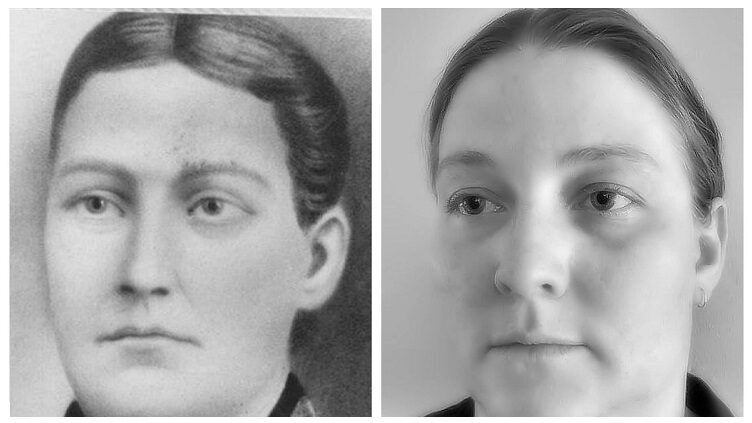
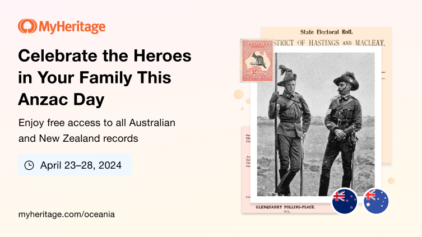




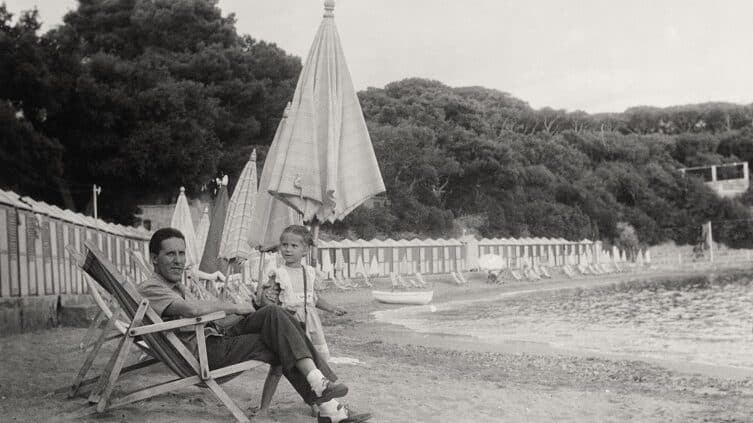

Mary Ireland
June 21, 2020
I would like to know when my dad and mom got married? My dad’s name was George William Casbon born in 1914, born in London, England. My mother’s name was Violet Lillian Whitney born on March 7, 1934. She was born in Toronto, Ontario.